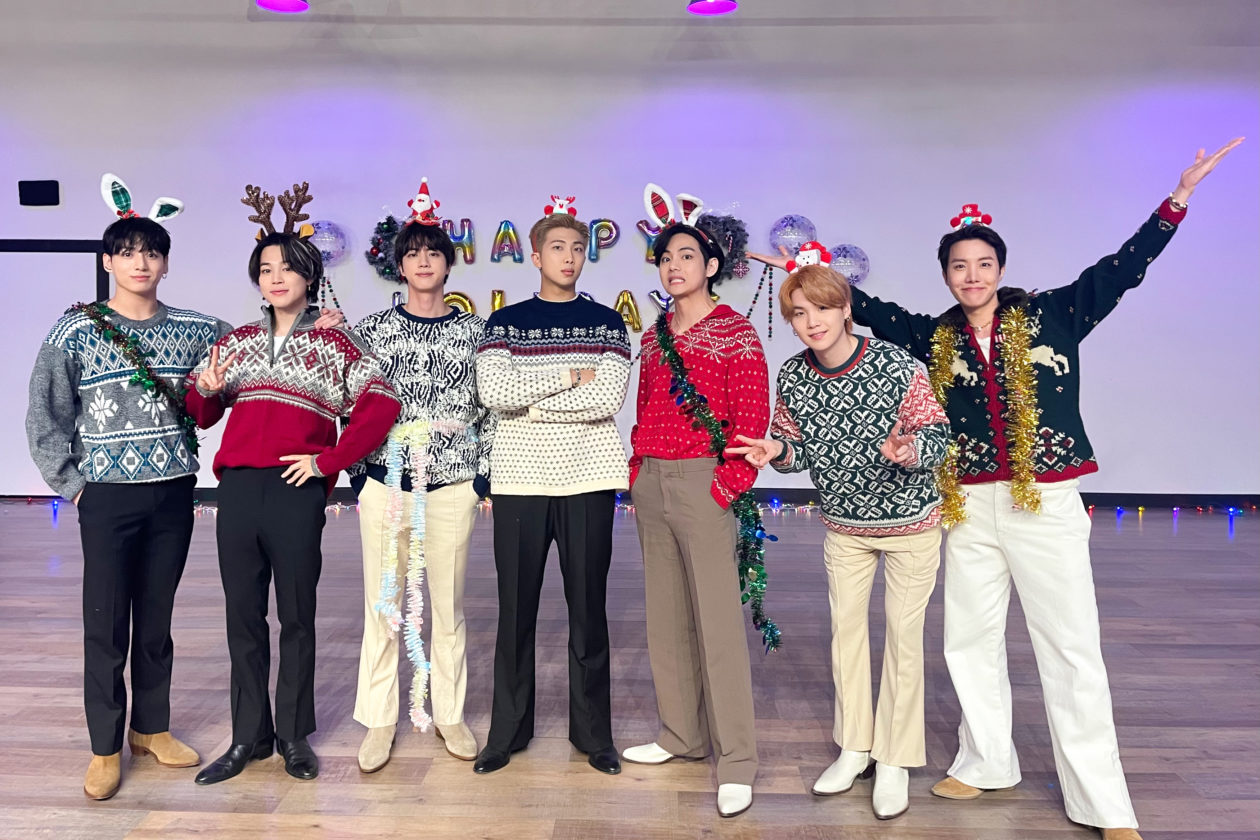In the last of a special four-part series on NFTs and the music industry, Forkast examines the brewing backlash by fans over blockchain technology’s energy use.
Part 1 of the series examines how NFTs and blockchain technology could redistribute money and power in the music business. Part 2 explores K-pop’s new token economy. Part 3 looks at how the NFT platform brings musicians into the crypto world.
Asia’s music industry is going all-out to ride the NFT wave, with K-pop entertainment agencies hoping to cash in on their artists’ loyal following by adding non-fungible tokens to their array of licensed merchandise.
But the music business’ enthusiasm over NFTs is not shared by some fans. Notwithstanding the recent huge success of Taiwanese pop star Jay Chou’s PhantaBear NFT collection, a groundswell of opposition against other NFTs seems to be growing among many K-pop and other music fans.
Aside from accusing artists and companies of being greedy, the music fans fear — with scant supporting data — that the blockchain technology behind NFTs is harmful to the environment.
The fans of K-pop sensation BTS — or “ARMY” — have trended hashtags including “#ARMYsAgainstNFT” and “#BoycottHybeNFT” on Twitter, saying NFTs are not eco-friendly. Many also said they would prefer tangible and not digital merchandise.
This whole thing is dumb. Don’t sell just about anything in the name of our boys🤦🏻♀️ Just improve quality of the freaking albums!🙄#BoycottHybeNFT #ARMYsAgainstNFT pic.twitter.com/qLTB5mOvtA
— shiv_NFVEVR (@patel1103) November 5, 2021
The fan backlash was triggered by recent announcements by South Korean talent agencies on their artists’ plans for NFTs and the metaverse. HYBE, the label behind BTS, has teamed up with blockchain company Dunamu to make NFTs that fans would be able to collect and exchange on its current community app Weverse, while JYP, another top K-pop talent agency, also partnered with Dunamu to develop a platform for NFT distribution and trading.
Cube Entertainment — which manages popular bands including BTOB, PENTAGON and (G)I-DLE — has partnered with Animoca Brands to form a joint venture dedicated to building a music metaverse and issuing NFTs.
Thomas Baudinette, a lecturer at Macquarie University in Sydney whose research interests include K-pop innovations, told Forkast that one dominating narrative among fans was their concern that the companies “should be investing into artistry, not into mechanisms to line your own pockets and exploit our spending.”
Fans also viewed BTS and HYBE as being hypocritical.
“Here we had BTS standing at the [United Nations] advocating around climate justice and democratization of access, and now their management company is involving themselves in an industry that historically has not necessarily been very good at engaging with issues of climate change,” Baudinette said.
Baudinette added that K-pop, as a fandom space, is replete with all kinds of informal economies like photocard trading and other highly creative practices among fans that are unregulated but somewhat encouraged by the agencies. “But if the companies themselves begin to control those mechanisms of engagement [by having fans trade NFTs on official platforms], it kind of puts a dampening on the fun of K-pop.”
Areum Jeong, an assistant professor who teaches Korean pop culture at Sichuan University-Pittsburgh Institute, said if music companies insist on issuing NFTs, fans are telling them loud and clear their desire for greener technology. Fans are also clear-eyed about the economic motives behind all the NFT plans.
“For companies, this is a new ground for them to create new content that could profit,” Jeong told Forkast. “So in a way, it is kind of seeing fans as just a way for them to profit more and more.”
How polluting are NFTs?
There is a raging and still-unsettled debate over the environmental impact of NFTs.
Last spring, a New York Times article that linked NFTs with “greenhouse gases” and “global warming” set off worries that have since turned into a firestorm. The report, citing an analysis from independent researchers, concluded that the minting of one NFT could cause the environmental equivalent of 211 kilograms of CO2 emissions. But the researchers who wrote the data analysis later clarified that analysis as being biased and that it was not an “all-sides-of-the-story” research note.
Some blockchain industry experts also claim that this set of data didn’t quite add up — and that there currently is no good data on the real environmental impact of NFTs as it was difficult to weigh all the factors, including the carbon footprint of alternatives to NFTs.
“This is one of the things that I wish we had more actual hard data for that was concrete and founded in actual scientific study, and less of just assumptions and guesses,” Zach Burks, CEO and founder of NFT marketplace Mintable, told Forkast.
Read more: What is Bitcoin’s environmental impact — and what are the solutions?
U-Zyn Chua, CTO and the lead researcher at DeFiChain, said: “If you look into that whole [live] concert scene, there’s a lot of environmental impact overall. But if you compare that and NFT, which one is going to give them more environmental impact? I would think that NFT would be way less of an impact.”
Chua added that the blockchain for any given NFT was not invented solely for NFT or music use. “NFT is just riding on an existing infrastructure that’s already consuming the same resources with or without NFT,” Chua told Forkast. “It’s not consuming more — just whatever that’s already being consumed today.”
Greener options
In a broader context, the NFT energy issue is really a crypto industry technology and policy issue, and how easy it is for miners to access renewable energy sources, like wind, geothermal, solar and hydropower. Often, Chua added, crypto miners are using excess electricity, from those clean sources, that would otherwise be wasted.
“That is actually a store of value that could then be used to further incentivize greener options and activities,” Chua said.
Ethereum, which the vast majority of NFTs are currently built on, is aiming to become more energy-efficient and is expected to migrate this year from its current energy-intensive proof-of-work (PoW) model to a proof-of-stake (PoS) consensus mechanism that is expected to consume much less energy than the PoW mechanism.
“Every NFT is different in terms of the contract that it uses and the gas that it emits,” Burks said. “It’s not related to the NFT itself, but also the Ethereum network.”
Read more: How UN goals are guiding new blockchain ESG investment vehicles
Many NFT issuers are indeed looking to mint on lower-energy PoS blockchains. For example, DigitalArt4Climate, a United Nations-associated NFT initiative, aims to promote art not only on PoS blockchains but also to inspire environmental activism around the world.
Miroslav Polzer, founder and CEO of IAAI GLOCHA, an Austria-based organization that led DigitalArt4Climate, told Forkast that the carbon footprint for the initiative is “a million time lower than comparable proof-of-work based blockchain solutions,” as it was built on proof-of-stake Polkadot and Kusama NFT chain.
Dapper Labs’ NBA Top Shot, one of the most popular NFT collections last year, is powered by the Flow blockchain, which also runs on a PoS consensus.
Ultimately, the goal is to move to the most environmentally-conscious process possible, Burks said. “But it’s an iterative process.”





